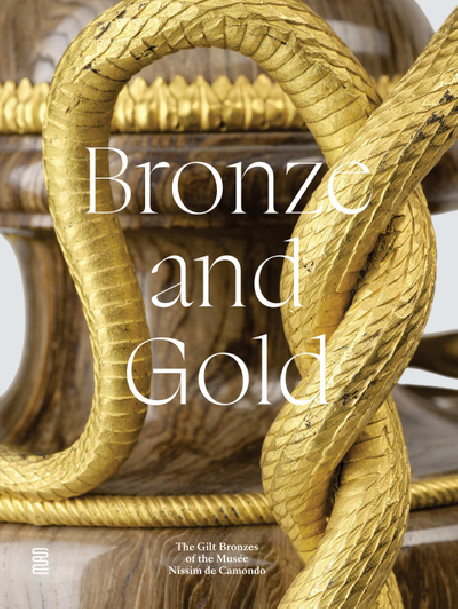Aucun produit
Produit ajouté au panier avec succès
Il y a 0 produits dans votre panier. Il y a 1 produit dans votre panier.
Editions Bilingues & inter.
- Nouveautés
- Catalogue d'exposition
- Sélection Fêtes
- Prix réduits
- Idées Cadeaux
- Editions Bilingues & inter.
- Livres d'art pour enfants
- Histoire de l'Art
- Peinture
- Architecture
- Sculpture
- Dessin Gravure
- Photographie
- Art contemporain
- Arts Décoratifs Design
- Techniques des Arts
- Critique
- Beaux livres
- Civilisations
- Revues partenaires
Bronze and Gold - The gilt bronzes of the Musee Nissim de Camondo
Created in 1936, following the bequest of Count Moïse de Camondo to the French State in memory of his son Nissim, who died for France in 1917, the Musée Nissim de Camondo houses a rich collection of 18th-century art objects.
Shipped within 3 to 6 days
| Référence | 9782383140238 |
| Artiste-Genre | Arts & Crafts |
| Auteur(s) | Forray-Carlier Anne ; Legrand-Rossi Sylvie ; Quette Béatrice ; Rigaud Margaret |
| Editeur(s) | Les Arts Décoratifs |
| Format | Hardcover |
| Nb. de pages | 160 |
| Langue | English |
| Dimensions | 270 x 205 |
| Date parution | 2024 |
| Musée | Musée Nissim de Camondo , Paris |
Reflecting the donor's taste for this period of French art, the collection includes a significant number of pieces of furniture and objects embellished with gilded bronze ornaments.
Gathered with incredible foresight by Moïse de Camondo between 1890 and 1935, these gilded bronzes reflect the evolution of styles during the eighteenth century, from the fantasies of rocaille, the severity of the return to the antique model, to the delicacy of the Louis XVI style.
This catalog presents a selection of thirty furniture bronzes, all masterpieces. Signed Osmond, attributed to Jean-Louis Prieur, François Rémond or Jean-Noël Turpin, they testify to the expertise of Parisian gilders in the second half of the 18th century, as well as to their collaboration with other trades - draftsmen, sculptors, founders, goldsmiths and watchmakers.
The gilded bronzes in the Musée Nissim de Camondo offer a highly varied typology, bearing witness to their diverse uses and fully participating in the project of "reconstituting an eighteenth-century artistic residence" so dear to the Count de Camondo.
An introductory essay recounts Moïse de Camondo's passion for gilded bronze. Recalling the uses and trades associated with this technique in eighteenth-century Paris, the authors then retrace Moïse de Camondo's career as a collector, his purchases and his tastes, before focusing on mounted objects from the Far East. Each of the thirty bronzes presented is the subject of an in-depth commentary, a selection that covers the Louis XV, Transition and Louis XVI styles.
Produits déjà vus








